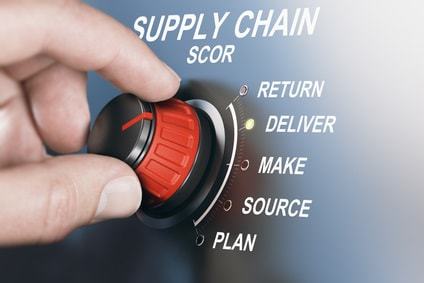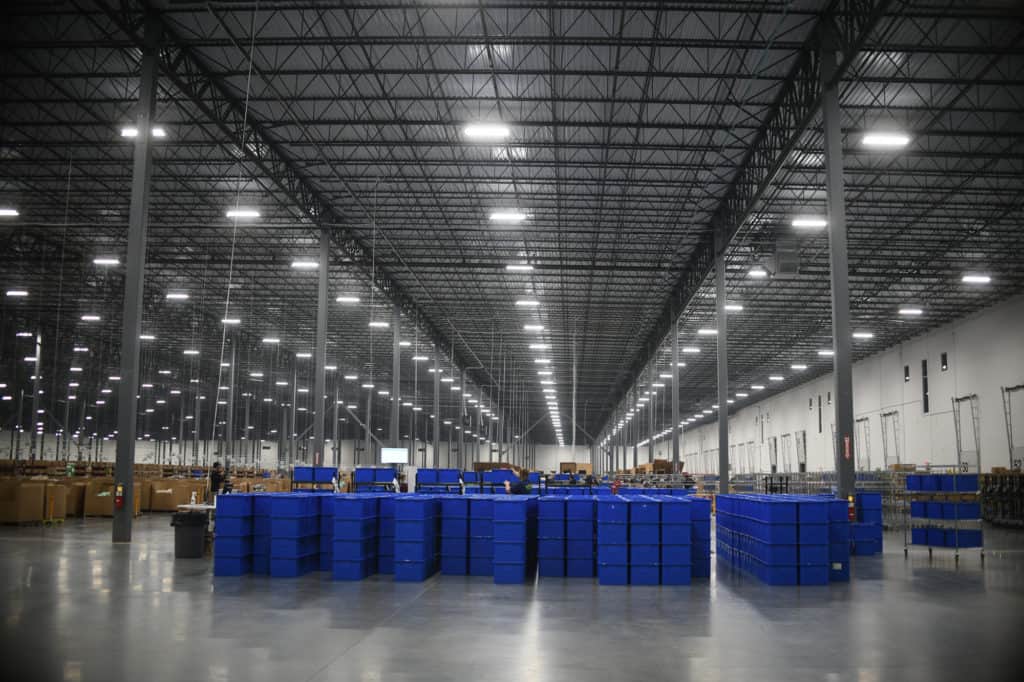Even the most adept supply chain managers must dedicate the time to rework their efficiency strategies as their company grows and the business climate continues to evolve. These days, customer expectations are at an all-time high, especially when it comes to fulfillment speed, which means that each moving part of the supply chain must be thoroughly assessed and painstakingly monitored to best ensure that the product is being brought into the market with both speed and effectiveness in mind.

When it comes to building supply chain efficiency and performance, pricey upgrades or hiring overhauls aren’t always necessary to make an impactful change — sometimes all managers need to do is increase awareness, focus on training and look into the future to better achieve or improve upon goals. So, how does supply chain management help a company to improve efficiency and effectiveness? Follow these steps and look at these supply chain examples to help your company build on its current supply chain efficiency strategy:
- Increase your supply chain’s visibility
- Automate where it counts — and keep all necessary parts well-managed
- Engage your IT department
- Assess your training programs
- Implement a good project plan
Here’s a handy guide to help you give your supply chain the attention that it needs, no matter what your focus or industry may be:
1. Increase your supply chain’s visibility
If you are a supply chain manager who truly has your finger on the pulse of the latest and greatest strategies, then you’ve probably heard the phrase “supply chain visibility” an awful lot lately. Supply chain visibility refers to your company’s ability to track each and every component of your product as it moves its way from the suppliers’ hands to yours.
You can promote good visibility by giving your suppliers the ability to check your inventory in real-time so that they can better understand your current situation — and plan ahead to fulfill future demand. Internally, it allows key members of your team to access details about your counts that might help them strategize autonomously, without risking too much distracting back-and-forth.
Giving suppliers, colleagues, and even customers the power of visibility takes a huge pressure off in regards to communication and inventory planning for the future.
2. Automate where it counts — and keep all necessary parts well-managed
While implementing automated components into a warehouse — or pushing your suppliers to do so — might not make sense for every business, there’s no secret that doing so can increase efficiency in a measurable, impactful way.
To better assess if automation, specifically the use of robotic technologies, is right for you, have a conversation with the planning teams, warehouse managers and higher-ups. Ask the right questions about the future and communicate whether or not their goals are possible for the company under your current process. 
If and when changes are made, do your due diligence to ensure that all automated parts are well-managed and maintained. This usually requires extra training and further education on the parts of suppliers, warehouse managers and planning teams. Although it might not be directly under the job description of a supply chain manager to guarantee that automated parts are taken care of, making regular check-ins and inquiries might take away some growing pains from the transition process.
3. Engage your IT department
All too often, IT departments are only consulted directly by management when it either comes time for new software implementation or something goes awry with the current system.
Instead of just using these talented folks at desperate times, take the time to check in with them periodically about potential changes to software that could streamline your supply chain processes. These are the folks who have the most holistic understanding of changing technologies in the supply chain management field — and what your company can do to stay ahead of the rest!
4. Assess your training programs
Having trouble pinpointing your efficiency issues? If so, then it may be time to look internally, specifically at the efficacy of your in-house training programs. You can do this by scheduling time with the heads of each department, specifically ones that oversee the most manpower.
When you do this, be sure that you review all training materials and procedures to guarantee that they are all up-to-date and productivity-focused. Also, take the time to assess supply chain morale; sometimes bad apples promote unachievable or exhausting goals which can, over time, have the opposite of the intended effect on the ones who put the hard labor into your products.
5. Implement a good project plan
Increasing supply chain efficiency isn’t a once-and-done thing. It’s an ongoing process, and that means you need a comprehensive project plan to ensure that you’re continuously working toward your defined objectives. A good project plan serves as a framework that can guide you in making strategic investments in supply chain capabilities, developing a distribution strategy, establishing communication channels, identifying risks and opportunities, and facilitating cross-functional decision-making and supply chain improvement projects.
Your project plan provides a central point of reference for all initiatives. Use it to ensure that your decisions and investments are in line with your supply chain goals as well as the broader corporate vision.
Improving supply chain efficiency and quality requires collaboration across teams and departments, but the payoff is well worth the effort (read more about the benefits of supply chain management). Gaining better visibility into the supply chain, enhancing training, making smart technology investments, and developing a project plan to guide you every step of the way will put your company on the path to achieving — even exceeding — your goals and objectives. Interested in more? Let’s discuss the solution that’s right for you. Contact us today.


